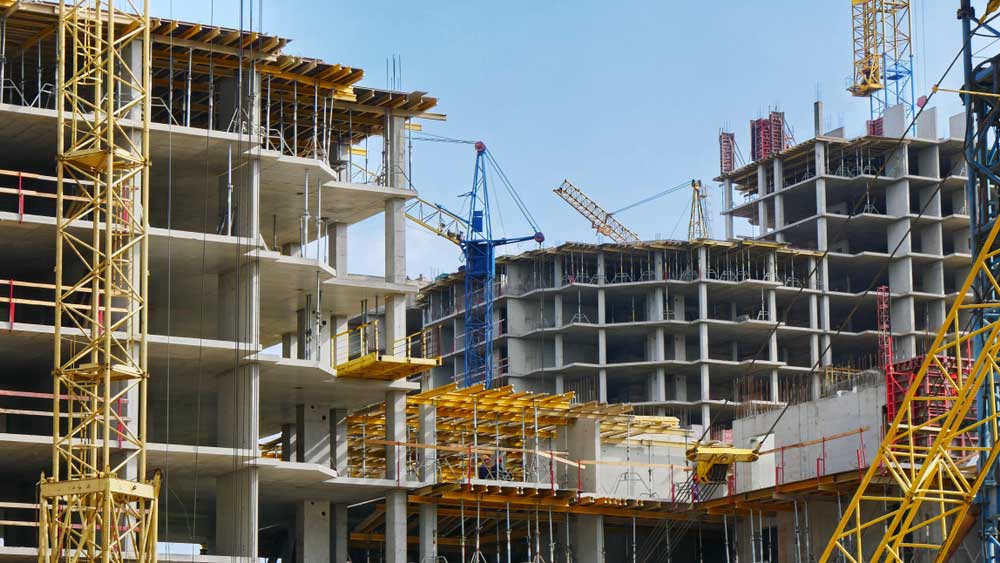Construction - a brave new world

Adam Aston, a partner in the construction and engineering team, examines the latest technologies in the industry and the legal questions they pose for businesses.
It’s the stuff of science fiction. From Kubrick’s 2001 to the ongoing Terminator franchise, we’ve been fascinated by the implications of artificial intelligence for decades. And while shape-shifting T-1000’s are still a long way off, innovation in business is making AI a very real prospect. Even in the construction sector.
A storm is building
The construction industry is often criticised for its failure to embrace change and innovation. However, the increasingly modern face of the industry shows that nothing could be further from the truth.
Whilst exoskeletons were first invented in 1960’s, and have since been used mainly in the military, they are now well on their way to being used in the mainstream construction industry.
They not only reduce some of the physical stresses and strains that come hand in hand with manual labour, but have been adapted to track workers on a construction site, alerting them in real time to potential hazards and allowing injured workers to be located more quickly.
AI could save lives
The construction industry remains physically demanding and labour-intensive and accidents and even fatalities remain a constant threat. When it comes to heavy manual handling, the attraction of robotic labour working at height and in demolition is obvious. Although this artificial intelligence is very much in an experimental stage, the benefits of using robots on site in what can be a dangerous environment is obvious.
In recent years 3D printers have been used increasingly, whether to construct walls on site, fabricate off-site materials and components or even ‘print’ a crossing for pedestrians and cyclists in the Netherlands. A recent study revealed that a 3D printer has the ability to ‘print’ a house in a fraction of the time it would take human workers, with production being reduced to around 12-24 hours in some cases with only the windows and doors added later.
This technology is not only exciting but has the potential to reduce costs, cut pollution and environmental damage and even save lives. At this point you may be thinking: “What is the catch?”
Legal implications for new tech
Aside from the obvious financial cost and potential impact upon the skilled labour market, we can only speculate on what legal questions might be raised by the introduction of these technologies onto our building sites.
Some immediate questions that spring to mind are:
- Who is liable for the design of a structure/building that has been ‘printed’?
- How will the use of ‘printing’ impact upon design life guarantees and ‘fitness for purpose’ type contractual obligations – will this be the end of building contracts as we know them?
- Who owns the copyright and intellectual property in a 3D design?
- Who is liable for the actions of ‘rogue’ robots?
At this point in time we simply don’t yet know the answers posed by some of these questions. It may be that these questions aren’t meaningfully asked for some time.
However, the obvious benefits these technologies can bring to construction and engineering projects means that an industry, often maligned for its failure to adapt and embrace change, might lead the way in resolving some of these very difficult legal issues. Then who knows what is possible.
For more information or advice on your construction and engineering legal issues, please contact Adam Aston on 0191 211 7980 or email [email protected]
